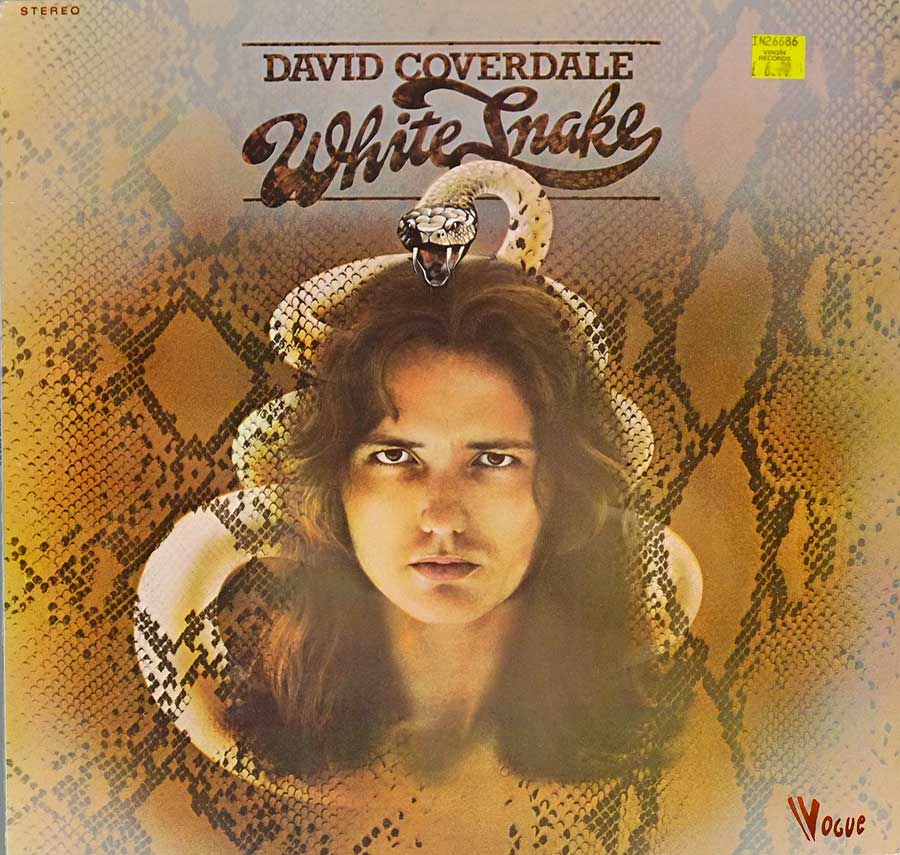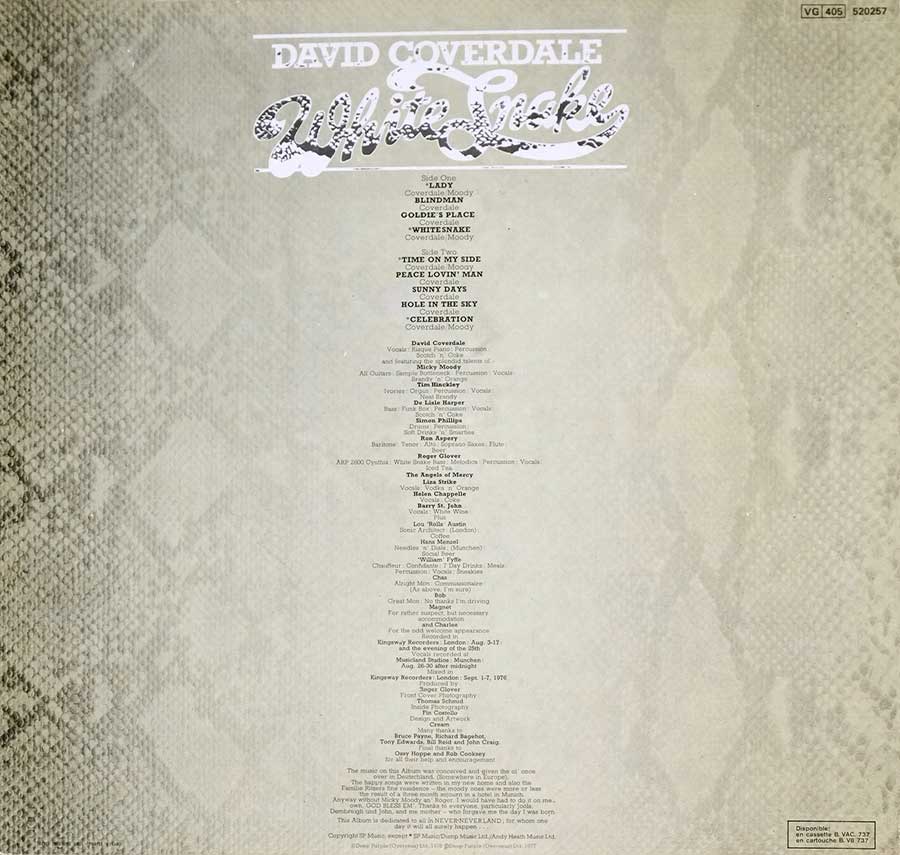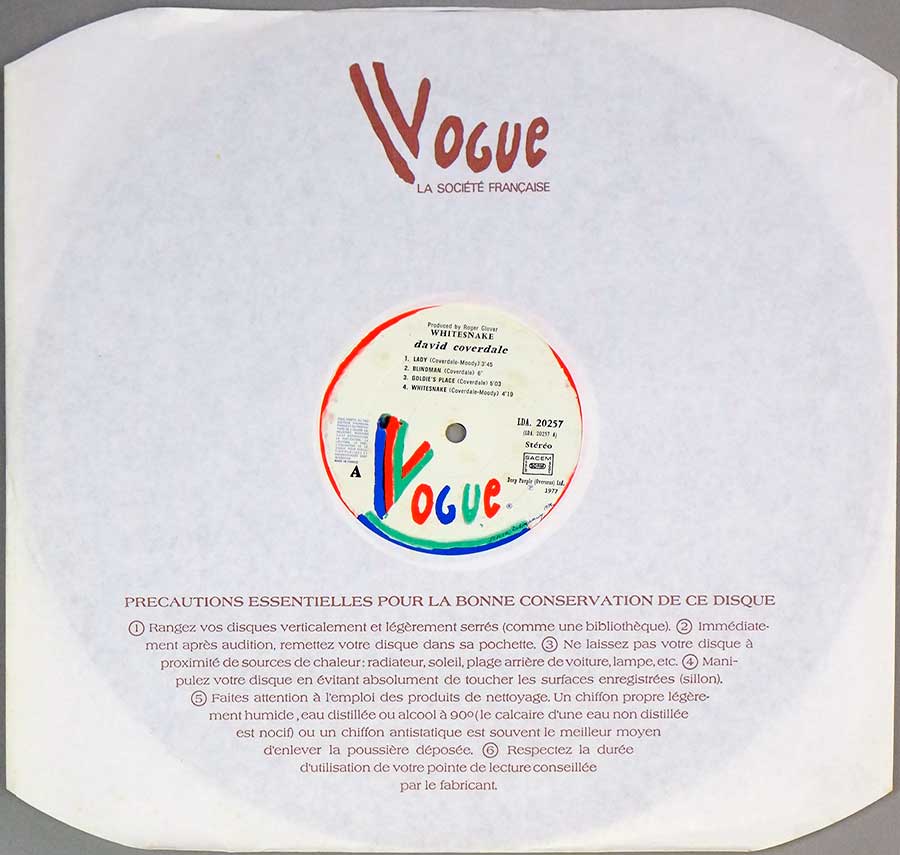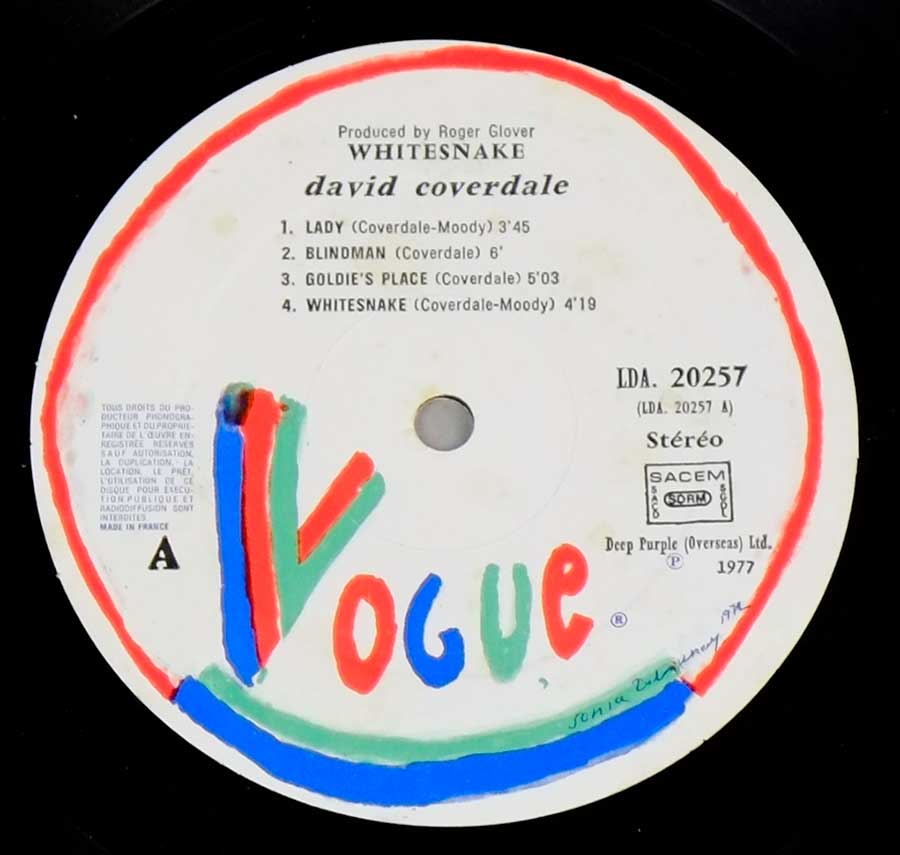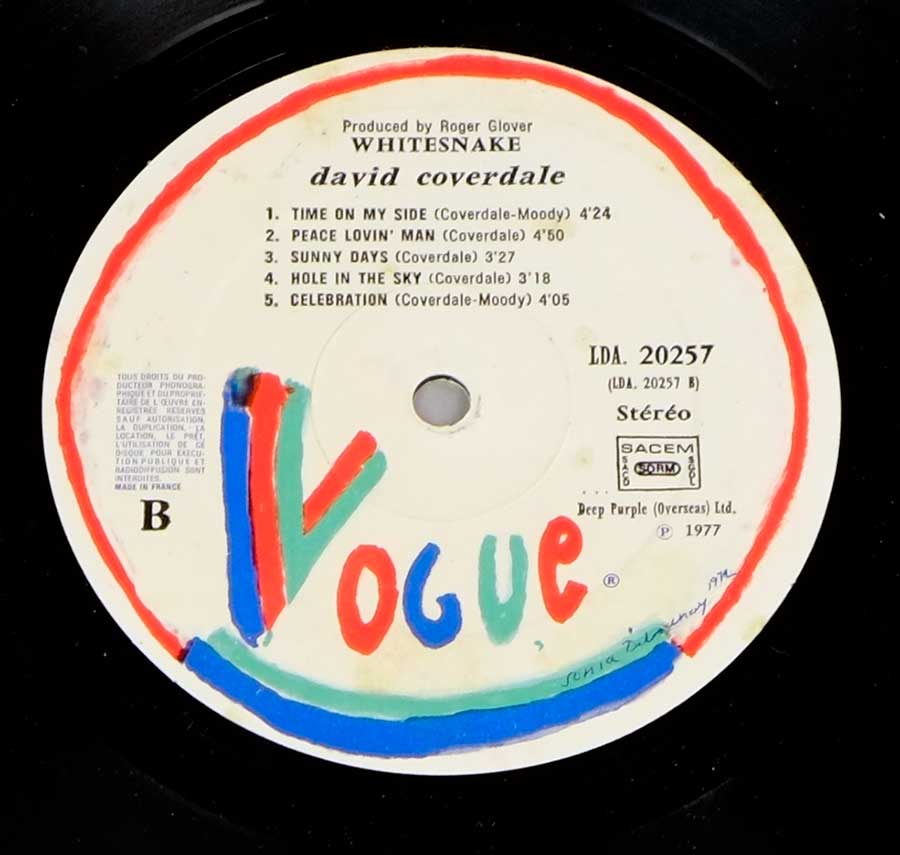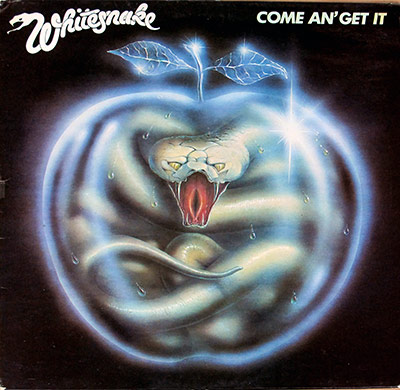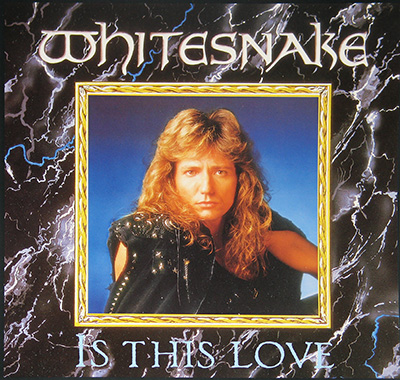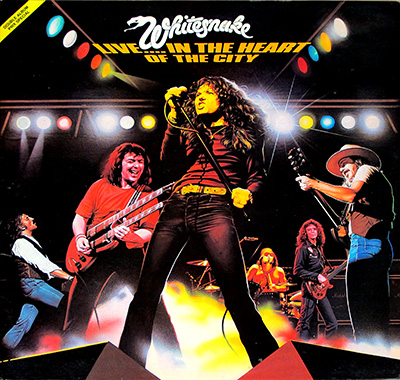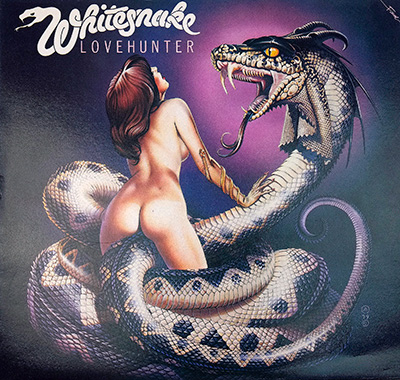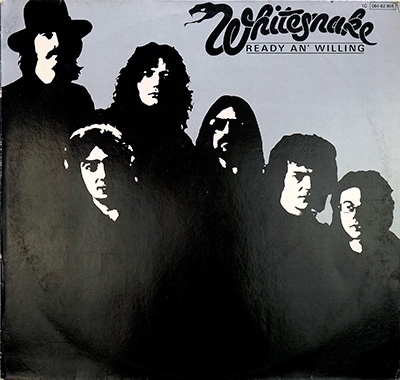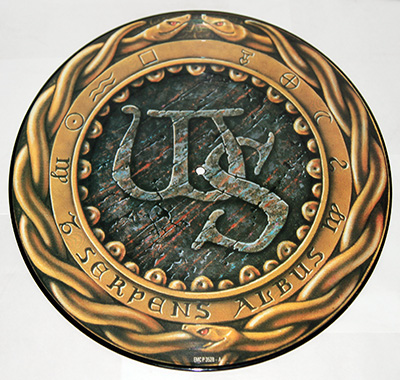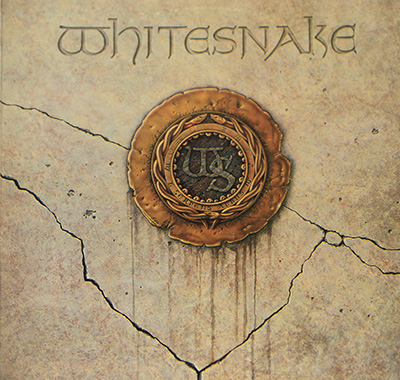"WhiteSnake" Album Description:
In the tapestry of musical history, the year 1977 marked the debut of David Coverdale's solo endeavor, a self-titled album that not only laid the foundation for his future band but also etched its presence in the annals of rock. This expository article delves into the significant contributions of "WhiteSnake" within the context of its time period, exploring its production nuances and the artistic collaboration that brought this iconic vinyl album to life.
The Birth of WhiteSnake:
David Coverdale, already a recognized name as the lead singer of Deep Purple, embarked on a solo venture that bore the fruit of his eponymous album, "WhiteSnake." The album's title not only served as Coverdale's artistic identity but would later become synonymous with the band he would go on to form. Released in 1977, this debut solo project showcased Coverdale's musical prowess and set the stage for a remarkable journey ahead.
Production Insights:
The production of "WhiteSnake" was a meticulous process overseen by the skilled hands of Roger Glover. Recorded at Kingsway Recorders, London, during the period of 3-17 and 25 August 1976, the album's vocal recordings took place at Musicland Studios, Munich, from 26-30 August (after midnight). The mixing process unfolded at Kingsway Recorders, London, during 1-7 September 1976.
The collaborative effort behind the scenes elevated the album to new heights, with Roger Glover's production finesse providing the perfect backdrop for Coverdale's distinctive vocals. The album's sound, a fusion of rock and blues elements, reflected the musical landscape of the 1970s while also hinting at the stylistic evolution that would characterize the coming decades.
Artistic Ensemble:
Beyond the auditory experience, the visual aesthetics of "WhiteSnake" were equally captivating. Cream, the mastermind behind the album cover design, crafted a visual identity that resonated with the essence of the music within. Thomas Schmid's photography graced the front cover, capturing the essence of the era, while Fin Costello's inside cover photography added another layer of visual storytelling.
The French Connection:
Noteworthy is the French release of the album under the catalog number Vogue LDA 20257, a testament to the global impact of Coverdale's work. Released by Deep Purple (Overseas) Ltd in 1977, the "Made in France" imprint adds a touch of cultural significance to the vinyl, further solidifying its place in the international music scene.
Music Genre:
Blues Rock, Hard Rock |
| Album Production information:
The album: "WhiteSnake" was produced by:
Roger Glover
Roger Glover – Bass, Producer, SongwriterIf the groove feels like a tank with manners, his name is usually somewhere nearby. Read more... Roger Glover is one of those credit lines I trust on sight: a Welsh bassist, producer, and songwriter who helped define the heavyweight “engine room” of classic hard rock. I mainly tag him to two eras that just refuse to die: Deep Purple (1969–1973, 1984–present), where his bass and writing instincts locked in with that Mark II bite, and Rainbow (1979–1984), where he wasn’t just playing low-end—he was also steering the sound as lyricist and producer. He came up through Episode Six, then spent the 1970s stacking production work and side projects like it was a second career (because, yeah, it basically was), but those Purple and Rainbow years are the real “mythology in the liner notes” stuff.
This album was recorded at:
Kingsway Recorders, London, 3-17, 25 August 1976.
Vocal recorded at Musicland Studios, Munich, 26-30 August (After midnight).
Mixed in Kingsway Recorders, London, 1-7 September 1976
Album cover design:
Cream
Album front cover photography: Thomas Schmid
Album inside cover photography: Fin Costello
Fin Costello, a celebrated rock and metal photographer, is known for his iconic images of legendary bands like Deep Purple, Rainbow, and Ozzy Osbourne. With a career spanning decades, his work has graced album covers and magazines, capturing the energy and essence of rock history.
Discover more about his incredible legacy at Fin Costello Biography.
|
Record Label & Catalognr: Vogue LDA 20257, Deep Purple (Overseas) Ltd |
Album Packaging:
This album "WhiteSnake" includes the original custom inner sleeve with album details, complete lyrics of all songs by and artwork/photos
|
Media Format: 12" LP Vinyl Stereo Gramophone Record
Total Album (Cover+Record) weight: 230 gram |
Year & Country:
1977 Made in France |
Personnel/Band Members and Musicians on: WhiteSnake |
Band-members, Musicians and Performers
- David Coverdale - lead vocals, piano, percussion
- David Coverdale - Vocals David Coverdale has always hit me as the blues-soaked powerhouse who lit up Deep Purple in the mid-70s and later turned Whitesnake into a full-blown hard-rock storm. His voice never just sings — it leans in and grabs the room by the collar.
- Micky Moody - guitars, percussion, backing vocals
Micky Moody is a British guitarist best known as a founding member of Whitesnake. Renowned for his bluesy style and slide guitar mastery, he played a key role in shaping the band's early sound. His career spans decades of influential work in rock, blues, and session recording.
Learn more about Micky Moody
-
Simon Phillips – drums
Power and finesse in controlled bursts.
Read more...
Simon Phillips contributes drums that add weight and authority where needed. I hear his style in the more forceful passages, where clarity and impact matter most. His precise technique complements the album’s layered production, reinforcing key moments without overwhelming them, and giving certain tracks a harder, more physical edge. That power and control come from a career spent performing with artists and bands like Deep Purple, Nazareth, Michael Schenker Group, Jon Lord, Mike Oldfield, Peter Gabriel, Pete Townshend, and many others.
- De Lisle Harper - bass, percussion, vocals
- Tim Hinkley - organ, percussion, vocals
- Ron Aspery - saxophone, flute
- Roger Glover - bass, percussion, melodica, vocals, production
- Roger Glover – Bass, Producer, Songwriter
If the groove feels like a tank with manners, his name is usually somewhere nearby. Read more... Roger Glover is one of those credit lines I trust on sight: a Welsh bassist, producer, and songwriter who helped define the heavyweight “engine room” of classic hard rock. I mainly tag him to two eras that just refuse to die: Deep Purple (1969–1973, 1984–present), where his bass and writing instincts locked in with that Mark II bite, and Rainbow (1979–1984), where he wasn’t just playing low-end—he was also steering the sound as lyricist and producer. He came up through Episode Six, then spent the 1970s stacking production work and side projects like it was a second career (because, yeah, it basically was), but those Purple and Rainbow years are the real “mythology in the liner notes” stuff.
- Liza Strike - backing vocals
- Helen Chappelle - backing vocals
- Barry St. John - backing vocals
|
